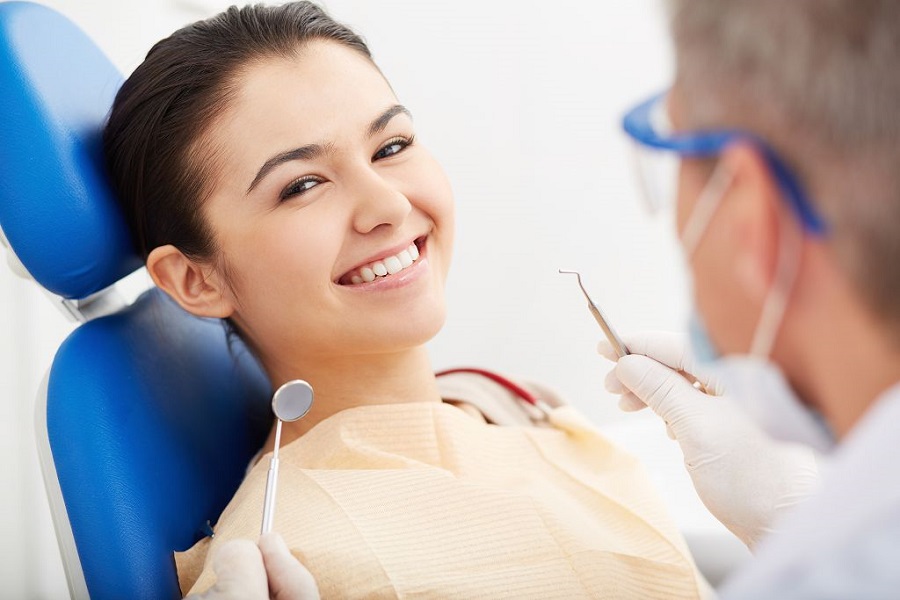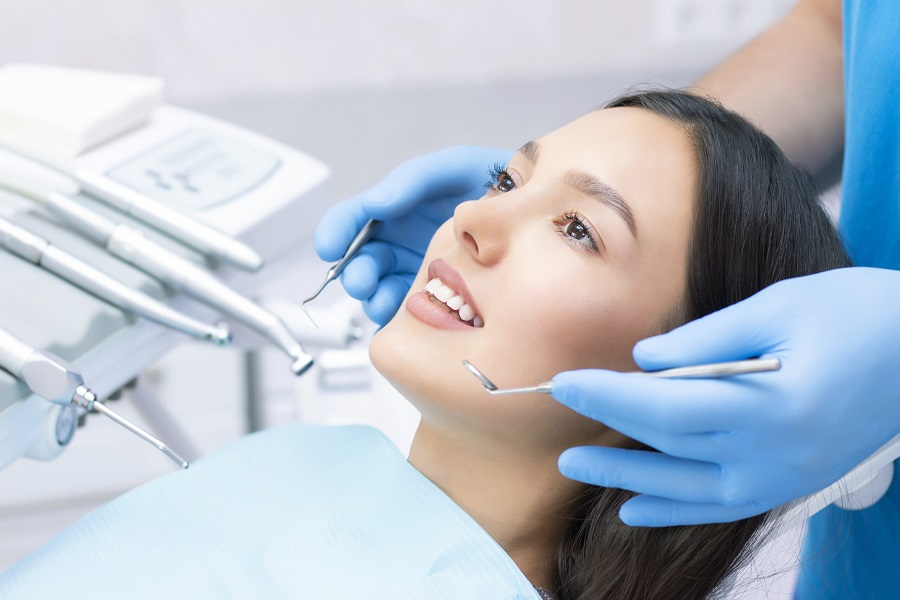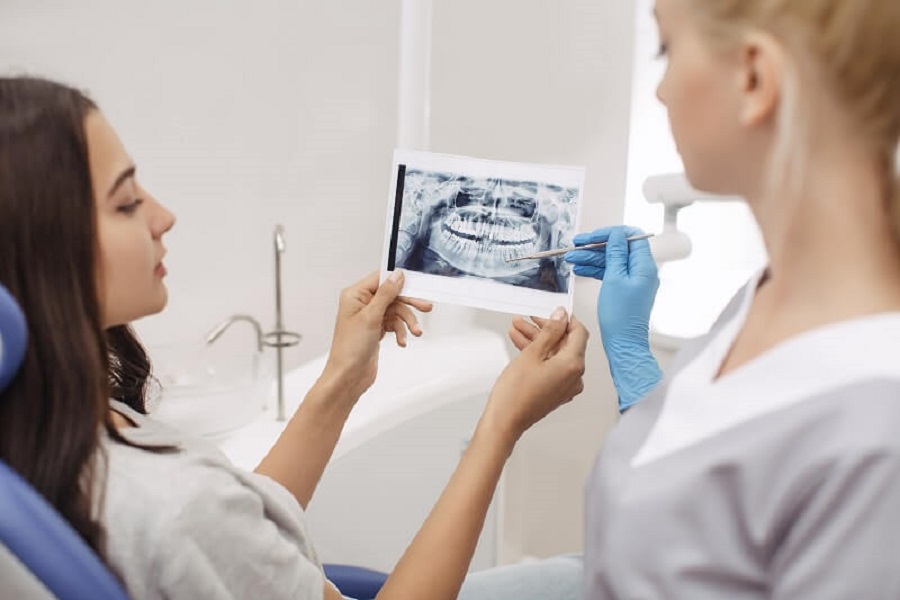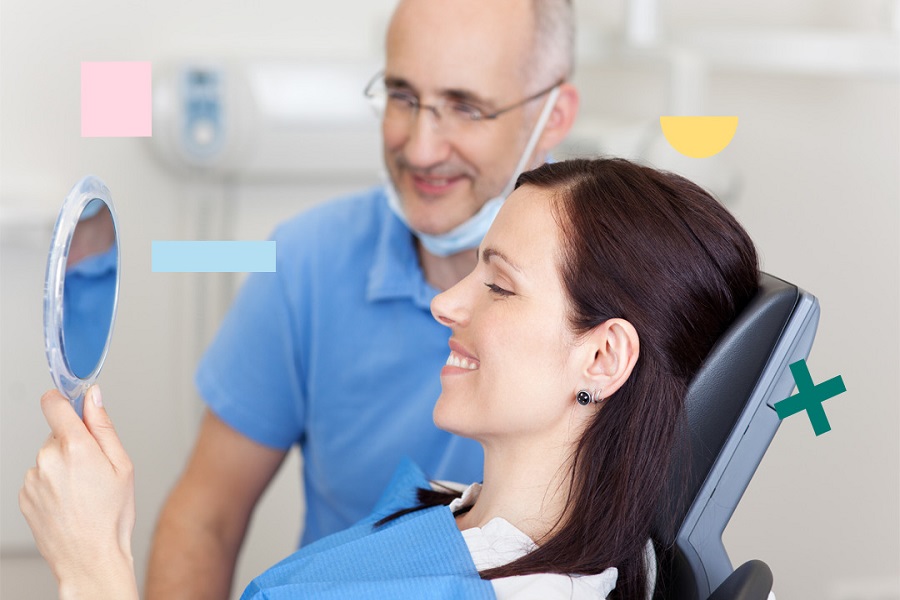The so-called crossbite means that when the upper and lower teeth bite, the upper front teeth should be biting on the outside of the lower teeth. If it is the opposite, the lower front teeth should be outside the upper front teeth. This situation is called in stomatology. Underbite teeth. So what should a child do with a crossbite? According to experts from the Stomatological Hospital, Dibaotian can simply manifest as anterior teeth crossbite, while the posterior teeth are in a normal relationship, and there is no obvious abnormality in the facial shape. In severe cases, in addition to the anterior crossbite, the posterior teeth are mesial malocclusion, the middle third of the face is not fully developed, and the mandibular protrusion is deformed. According to experts from the stomatology hospital, the types of tooth crossbite: 1. Odontogenic type: mostly caused by local obstacles, manifested as simple anterior crossbite, less reverse coverage, and the molar relationship is neutral or near-central. The size and shape of the mandible are normal, the relationship between the upper and lower jaws is normal, the mandible can be retracted to a tangential relationship, and the face is basically normal. 2. Functional type: functional overprotrusion of the mandible and anterior crossbite caused by poor breastfeeding posture, the size and shape of the mandible are normal, and the mandible can retreat to the incisal relationship of the anterior teeth. 3. Bone-derived type: mostly caused by factors such as heredity and disease. In addition to the anterior crossbite, the reverse coverage is large, the molars are mesial, and there is a jaw deformity, which is manifested as long mandible body, short mandibular ramus and blunt mandibular angle, underdevelopment of the maxilla, prominent frontal protrusion, and the mandible cannot move on its own. Receding, the face is concave, sometimes accompanied by opening and closing deformities. Oral experts say that the best age for treating underbite children should be between 4 and 13 years old. The maxillofacial region grows and develops rapidly. At this time, if timely orthodontic treatment is obtained, most of the abnormal growth of the jaw can be blocked. development, to achieve a multiplier effect. In addition, during the period of wearing the appliance, it usually takes 2-4 weeks to go to the hospital for a review. Most children with crossbite will complete the treatment in about half a year. It can grow and develop normally. However, since underbite has certain recurring and hereditary sticking points, there is still the possibility of continuing treatment during the mixed and permanent dentition stages of children. For children with permanent teeth, the treatment of underbite requires an orthodontist to use a relatively complex fixed appliance to treat underbite of the child. The treatment time is about two years.
Advertisements
What to do if the child’s teeth are crossed
Advertisements
Related Posts
Popular Articles
How Much Is AARP Dental Insurance?
Dental health is an important part of overall well-being. As we age, the need for dental care becomes even more...
Latest Posts
Tags
alveolar bone bad breath black teeth bleeding gums cold light whitening crooked teeth cure dental care dental implant dental implants Dental Insurance dentures discolored teeth disease gingivitis Gum Disease misaligned teeth oral disease orthodontic orthodontic care orthodontics orthodontic treatment periodontal disease periodontitis permanent teeth porcelain teeth teeth teeth cleaning teeth white teeth whitening teeth whitening methods Teeth Whitening Strips tooth tooth decay tooth extraction tooth filling ultrasonic cleaning underbite whitening whitening toothpaste white teeth wisdom teeth wisdom teeth extraction wisdom tooth yellow teeth

Panda Oral – oral and dental health consultants around you, providing orthodontic, tooth whitening, dental implants, scaling, filling, extraction, dental implants, dental caries, wisdom teeth, bad breath, bleeding gums, oral ulcers, periodontal disease for patients with dental diseases It can help you solve oral problems easily.【Contact us: [email protected]】
Recent News
Copyright © 2023 PANDA ORAL - Oral_Oral health_oral hygiene_oral care_dental health_dental oral surgery





























